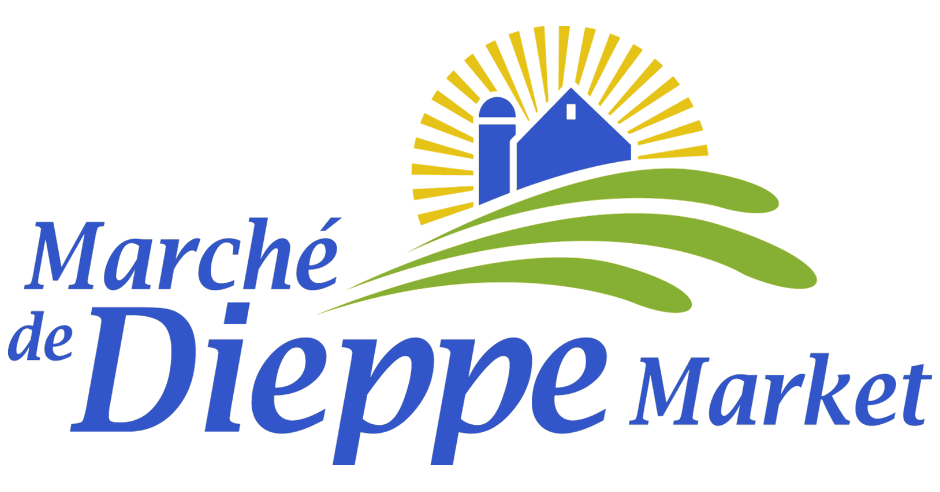Hungarian Goodies: Keeping food heritage alive, far from home
Representing 17 different countries, we are very proud of our market cultural diversity and we know you are too. If you miss travelling and discovering the world then this new series of blog posts is for you. So grab your coffee and get comfortable, this month we are taking you to Romania!
Gulyás, Lángos, Kürtőskalács… You might not have heard those words before if you’ve never been to Eastern Europe, unless you passed by the Hungarian Goodies stall at the Saturday Dieppe Market and had a chat with Paula Szente!
But why does Paula come from Romania if she’s Hungarian you ask? Because a bit like the Acadians here, the Hungarians are an official minority in that Eastern European country and a lot of them are located in the Transylvania region.
“In the past, it used to be part of the Austro-Hungarian Empire, that’s why there are a lot of Hungarians there. And this is part of my culture, which I try to keep alive.”
A new hobby for Paula Szente since her arrival
Paula, a teacher in Transylvania, was eager to come to Canada as part of her plan : “I could see no good future for my kids there. As you know, Romania is an ex-Communist country and is very corrupt, and I didn’t see any improvements after the so-called revolution in 1989, nothing has changed into good. (...) Here, if you work hard, you can achieve things.”
She settled at the market in 2014, shortly after her arrival in Canada. As Hungarian Goodies was part of her well planned immigration dream, she made sure to learn how she could further her food heritage in advance in the most authentic way.
At the Saturday Dieppe Market, Paula Szente offers a special Transylvanian spicy soup made with Hungarian paprika named Gulyás (Goulash).
But from the beginning, her signature dish has always been the Chimney cakes, called Kürtőskalács in her native language. Like the name implies, they are quite literally small cakes in the shape of a cylindrical chimney. Paula puts many different things on it, be they walnuts, coconuts, sesame seeds and chocolate.
“I learned how to make Chimney Cakes with an old lady in the countryside and [ for] the Gulyás I used to cook it for family members and friends back in Romania.”
Langos ( which are deep fried flatbread with various toppings) on the other hand were never part of her plan. “I discovered the recipe here in Canada, from a very nice Hungarian lady who was visiting her daughter.” So she decided to share it!
A very different market experience here
Even though Paula Szente works full time at a school, she still makes time to share her culture at the market seven years later which is quite different from her home country: “Usually in Romania you can find vendors who sell meat and vegetables, but not artisanal [and ready-to-eat] goods. The market is also usually open all week.”
There’s also many types of food or special ingredients she couldn’t find in the beginning or discovered while onsite (maple bacon for example). Which led her to find creative ways to adjust her traditional recipes to make them taste the same and therefore share her culture with her customers in the most authentic way possible.
As you can imagine, food differences were not her only challenges as a newcomer, she also had to face and adapt to everyday life cultural differences, which we Canadians consider usual. «In Romania, we only use cash. We are paid in cash, so we don’t need or really get to use a credit card. Before my arrival in New-Brunswick I had never owned a credit card, I only got to learn how it works and how to use it here.”
“It’s a different world. But you get used to it, you try to add the good things from your culture as well, so in the end it’s a win for everybody.”




